Introduction
Lotus root starch, also known as lotus seed powder or lotus paste flour, is a traditional ingredient in many Asian cuisines, particularly in China. Its delicate sweetness, smooth texture, and nutritional benefits make it a favorite among food enthusiasts. Preparing lotus root starch, however, can be a delicate process that requires attention to detail to achieve the perfect consistency and flavor. This comprehensive guide aims to provide you with insights on how to make the best lotus root starch drink or dessert at home, ensuring every sip or bite is a delightful experience.
Understanding Lotus Root Starch
Before diving into the preparation process, it’s crucial to understand what lotus root starch is and its unique properties. Derived from the roots of the lotus plant, lotus root starch is a gluten-free powder that boasts a range of nutrients, including dietary fiber, vitamins, and minerals. It is commonly used in desserts like lotus paste mooncakes, soups, and as a thickener in various dishes.
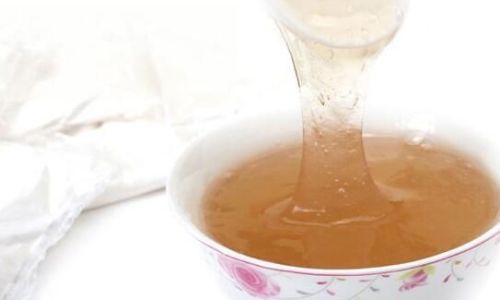
When prepared correctly, lotus root starch transforms into a translucent, jelly-like consistency that is both visually appealing and delightfully smooth on the palate. Its mild sweetness pairs well with a variety of flavors, making it a versatile ingredient in both sweet and savory dishes.
Selecting High-Quality Lotus Root Starch
The quality of your lotus root starch is paramount to achieving a successful preparation. Here are some tips for selecting the best lotus root starch:
-
Source and Origin: Look for lotus root starch that originates from reputable suppliers known for their high-quality produce. Some regions, such as China’s Jiangxi and Hubei provinces, are renowned for their superior lotus root starch.
-
Appearance: High-quality lotus root starch should have a fine, powdery texture with a slight off-white to pale yellow color. Avoid products that appear clumpy or have a dark hue, as this may indicate poor storage conditions or contamination.
-
Smell: Fresh lotus root starch should have a faint, earthy aroma. Any strong, unpleasant odors could signify that the product is stale or of poor quality.
-
Certification: Opt for lotus root starch that is certified organic or non-GMO if possible. This ensures that the product has been produced without harmful pesticides or genetic modifications.

Preparing Your Equipment and Ingredients
Before starting the preparation, ensure you have the following equipment and ingredients ready:
- Equipment: Measuring cups and spoons, a mixing bowl, a whisk or electric mixer, a kettle or pot for boiling water, and a heatproof spoon or ladle.
- Ingredients: Lotus root starch, cold water (for mixing), boiling water (for cooking), and any additional sweeteners or flavorings (such as honey, sugar, ginger, or dried fruits).
Step-by-Step Preparation Guide
-
Measuring the Starch: Begin by measuring the desired amount of lotus root starch. The typical ratio for preparing a thick drink or dessert is around 1 part lotus root starch to 6-8 parts water. Adjust this ratio based on your personal preference for thickness.
-
Mixing with Cold Water: In a mixing bowl, slowly add cold water to the lotus root starch while whisking continuously. This step is crucial to prevent the formation of lumps. Continue whisking until the mixture reaches a smooth, lump-free consistency.
-
Boiling Water Preparation: While you’re mixing the starch and water, bring a kettle or pot of water to a rolling boil. Using boiling water is essential to ensure that the lotus root starch cooks evenly and quickly, resulting in a smooth texture.
-
Tempering the Mixture: Gradually pour the boiling water into the lotus root starch mixture, whisking constantly. Pour in small increments to avoid sudden temperature changes that could cause the starch to clump. Continue whisking vigorously until the mixture becomes translucent and thickened.

-
Adding Sweeteners and Flavorings: Once the lotus root starch mixture has reached your desired consistency, you can add sweeteners like honey, sugar, or maple syrup. For added flavor, incorporate ingredients like grated ginger, dried fruits, or a splash of vanilla extract. Continue whisking to ensure everything is well combined.
-
Serving: Pour the prepared lotus root starch into serving bowls or glasses. Allow it to cool slightly before enjoying. If you prefer a chilled version, refrigerate for about 30 minutes before serving.
Troubleshooting Common Issues
Even with careful preparation, issues can arise when making lotus root starch. Here are some common problems and solutions:
-
Lumpy Texture: Lumps can occur if the lotus root starch is not fully mixed with cold water before adding boiling water. To fix this, strain the mixture through a fine sieve and whisk vigorously to break up any remaining lumps.
-
Thin Consistency: If the lotus root starch mixture is too thin, you can add more starch and whisk in a small amount of boiling water until it reaches the desired thickness. Alternatively, if you’ve already added all the starch, you can cook the mixture for a few more minutes over low heat, stirring constantly, to allow it to thicken further.
-
Sticky or Gluey Texture: This can happen if the lotus root starch is overcooked or if too much boiling water is used. To prevent this, ensure you cook the mixture only until it reaches a translucent, thickened state and avoid adding more boiling water than necessary.
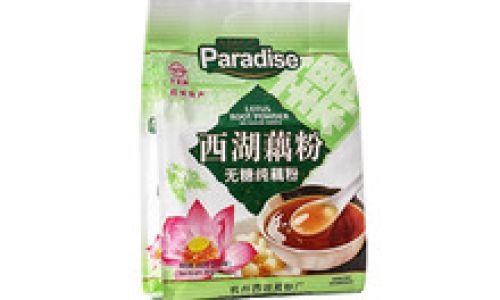
-
Strong Starch Odor: If the final product has a strong, unpleasant starch odor, it may be due to using stale or poor-quality lotus root starch. Always use fresh, high-quality starch to avoid this issue.
Enhancing Your Lotus Root Starch Experience
To elevate your lotus root starch preparation, consider incorporating these creative ideas:
- Flavor Combinations: Experiment with different flavors such as rosewater, lavender, or matcha green tea for unique taste experiences.
- Toppings and Garnishes: Add toppings like fresh fruit, nuts, seeds, or edible flowers to enhance the visual appeal and texture of your lotus root starch dessert.
- Texture Variations: For a more interesting texture, incorporate ingredients like chia seeds, coconut flakes, or crushed ice before serving.
- Healthy Additions: Boost the nutritional value by adding superfoods like spirulina, acai berries, or collagen powder.
Conclusion
Mastering the art of preparing lotus root starch requires attention to detail, patience, and a bit of creativity. By following the steps outlined in this guide, you’ll be able to create delicious, smooth, and visually stunning lotus root starch drinks and desserts that are sure to impress. Remember, the quality of your ingredients and the precision of your technique are key to achieving the perfect result. With practice, you’ll soon be able to experiment with various flavors and textures, creating unique and delightful lotus root starch dishes that cater to your taste preferences. Enjoy your culinary journey with lotus root starch and embrace the beauty of this traditional ingredient in modern cuisine.

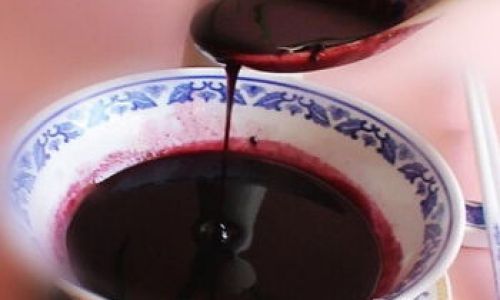

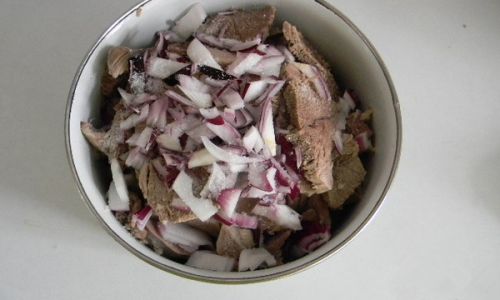
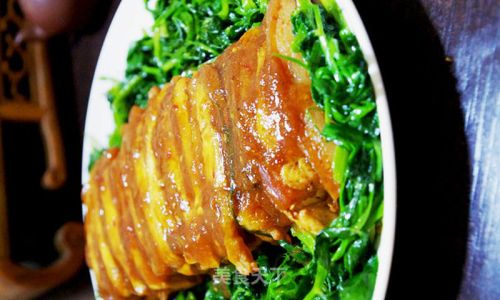

0 comments